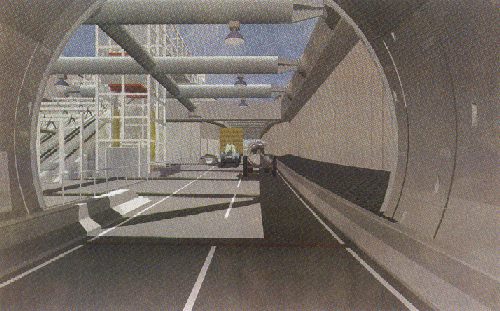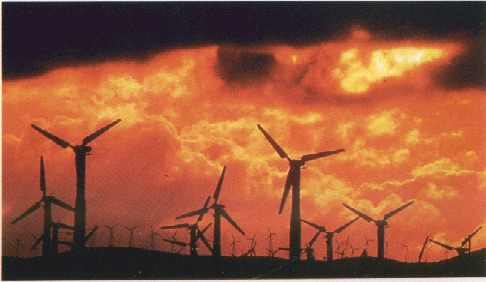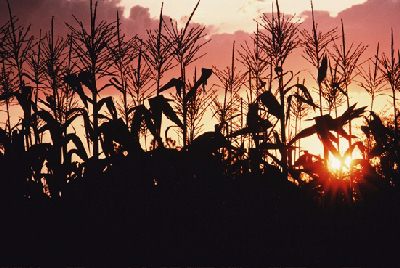 |
 |
 |
 |
 |
 |
 |
 |
 |
 |
 Infrastructure
Infrastructure Fishery
Fishery Energysupply
Energysupply Agriculture
Agriculture
In 2015 Wieringen is no longer split in two by the N99 motorway. A number of factors
has contributed to the fact that the whole road is now not only below surface, but
also covered, like a tunnel. As early as 1997 marked the beginning of this project
by moving the road near Westerland into the old, though never used, railroad ditch
and building a fly-over for crossing traffic. When this project was finished it turned
out to be such a huge success, from a scenic as well as a safety point of view, that
it was decided to cover up the entire road. The road now consists of sunk tunnelparts,
with a few exits near Westerland, Hippolytushoef, Oosterland and Den Oever.


Above groundlevel there have been some changes. Following the worldwide ban on trade in wild fish (that is fish caught in open sea, or in rivers) issued in 2005 the Wieringer community has known very bad times. A significant part of the working population became unemployed overnight and the Den Oever harbour had no use anymore. Fortunately some visionary fishermen from Den Oever saw the coming extinction of most species of fish and before the milleniumchange they had started with small fish farms. Helped with a government grant from The Hague they were able to rent a large part of the "IJsselmeer" south of the IJsselmeer Dam which they made into fish ponds. A strip of 15 kilometres long and 2 kilometres wide, on both sides of the IJsselmeer Dam (which was never considered as a very valuable piece of nature) is nowadays used for the breeding of fish, crab, oysters and other shellfish. Only 15 years after the hesitating start this form of industry has boomed, so much that the Wieringer fishery branch is flourishing as never before. Recent surveys by marine biologists show that fish stocks all over the world are slowly recovering. In about 30 years, around the year 2050, they will be at a level that controlled fishing can be allowed again. It is unlikely however, that the Wieringer fishing boats will sail again, since everybody is happy with the present situation. Employment in the fishing industry has been secured, there is now damage being done to the fish stocks and because the fleet doesn't sail anymore, environmental damage is much less too.
 Electrical
energy is for the greater part generated by windmills placed up and along the IJsselmeer
Dam.
Electrical
energy is for the greater part generated by windmills placed up and along the IJsselmeer
Dam.
Furthermore is every newly built house for 90 % self supporting as far as
electricity and heat are concerned. By thorough insulation and adapted building (see
also the page on housing) there are enormous savings on heating costs. All
houses are equipped with solar collectors (for hot water) and solarcells (for electricity).
More
information on windmills and -turbines: Landelijk Bureau Windenergie (National
Windenergy Board)
More information on solarcells: ECN (Energy Research
Center for the Netherlands)
More information on energy saving in general: NOVEM
(National Bureau for the Promotion of Innovation in Energy and Environmental Issues).
Farmers
are encouraged to grow energycrops, such as special quick growing grasses. These
form a environment friendly alternative for fuels to heat powerplants. Energy crops
first incorporate carbondioxyde in their growing process, so now additional carbondioxyde
is produced when it is combusted. Therefore they do not contribute to the global
warming / greenhouse effect. Hemp would also make an ideal crop for "green fuel",
but as we all know there are some side-effects of hemp that stand in the way of growing
it on a larger scale.
 Farming has not done
well since 1997. After years of pests and diseases, among which BSE and pig fever
are the best known, there are only 4 farmers left on the old island. In the Polder
Waard Nieuwland there are another 8. Together with a number of leisure farmers who
mainly keep a number of sheep, they are responsible for keeping the agricultural
character of Wieringen alive. In exchange for subsidies (financed out of the tourist
taxes) the farmers agreed to replace barbed wire and fences with so-called tuunwoallen
(walls made of turf), grow as many biodynamic produce as feasible and keep cows and
sheep outside for most of the time. Since the introduction of an eco-tax all these
measures no longer result in more expensive products. There is really no reason not
to buy environmentally sound, biodynamic products.
Farming has not done
well since 1997. After years of pests and diseases, among which BSE and pig fever
are the best known, there are only 4 farmers left on the old island. In the Polder
Waard Nieuwland there are another 8. Together with a number of leisure farmers who
mainly keep a number of sheep, they are responsible for keeping the agricultural
character of Wieringen alive. In exchange for subsidies (financed out of the tourist
taxes) the farmers agreed to replace barbed wire and fences with so-called tuunwoallen
(walls made of turf), grow as many biodynamic produce as feasible and keep cows and
sheep outside for most of the time. Since the introduction of an eco-tax all these
measures no longer result in more expensive products. There is really no reason not
to buy environmentally sound, biodynamic products.
Because the area of biotechnology
has seen enormous advances compared to 1998, it is now possible to have much higher
yields per hectare. This means that there is much less land needed to achieve yields
equal to those of 1998. Also fewer fertilizer and herbicides are needed. Farmland
becomes available for other purposes, such as housing, recreation and forestry. In
the Wieringermeer (south of Wieringen) the results of this new green revolution are
the clearest: Along the old coastline of Wieringen a large lake has emerged. The
major town Wieringerwerf has grown even further and north of Wieringerwerf a large
area is covered with newly planted trees. The object of this is that the new forest
with quickly growing trees will supply wood, making the Netherlands less dependent
on the import of wood and paper. Also in other regions of the country large woodlands
are created.
Because a large forest would not agree with the character of Wieringen
it is decided to refrain from the possibility of planting trees. Instead the choice
was made to keep the grasslands and fields as they were. Part of the fields is left
fallow and the grasslands have slowly growing grass sown on and have cattle grazing
on them whenever possible. By choosing this approach Wieringen is still a green oasis,
with extra appeal to ecotourists.

 Made by Jan-Simon Hoogschagen,
last update 13 March 1998
Made by Jan-Simon Hoogschagen,
last update 13 March 1998